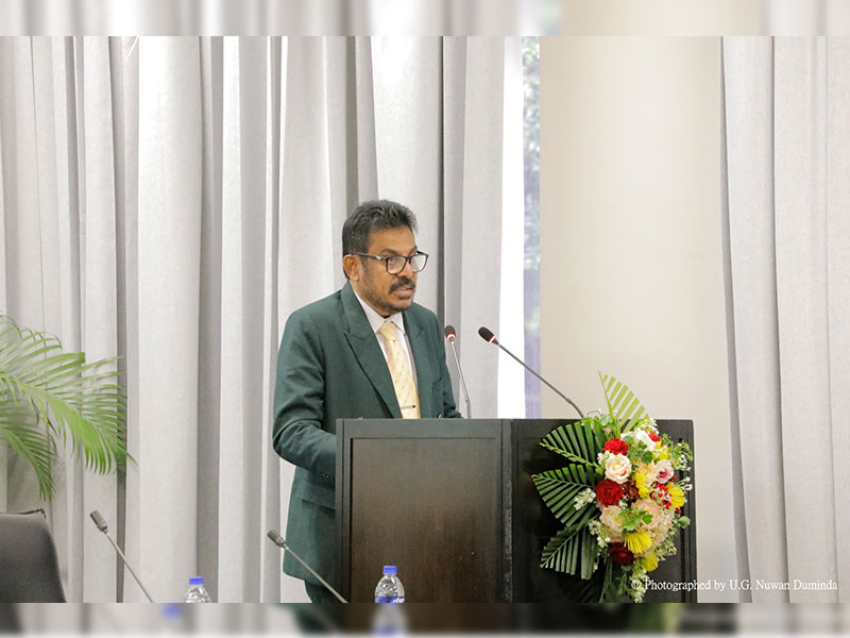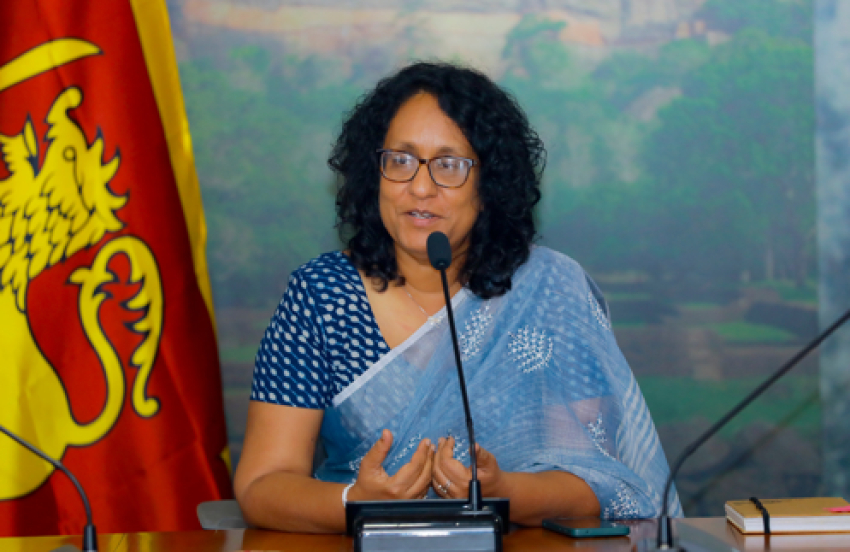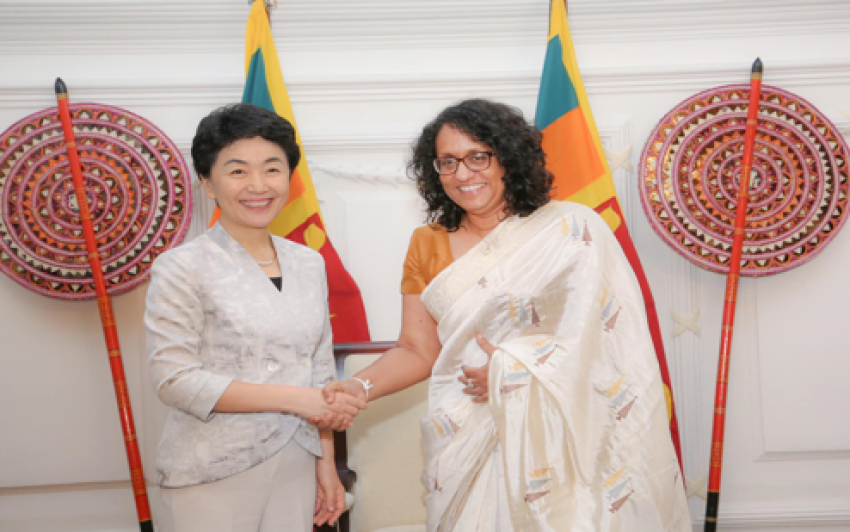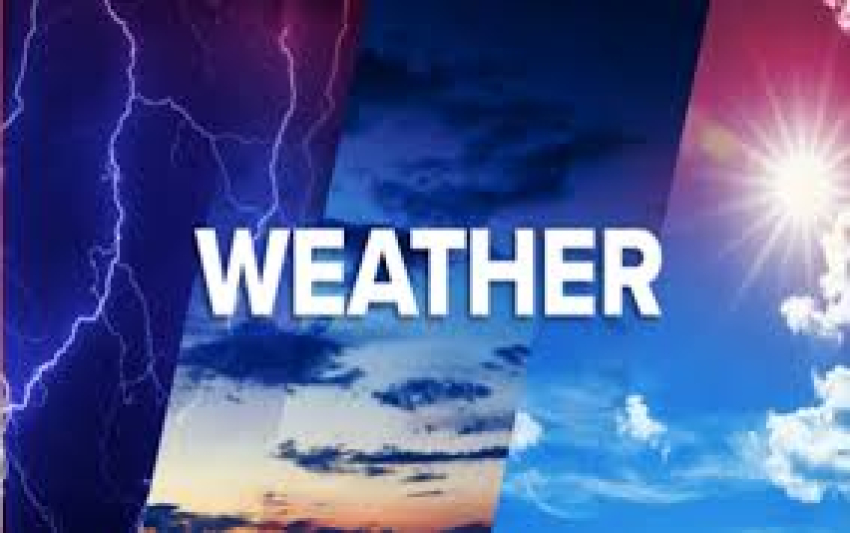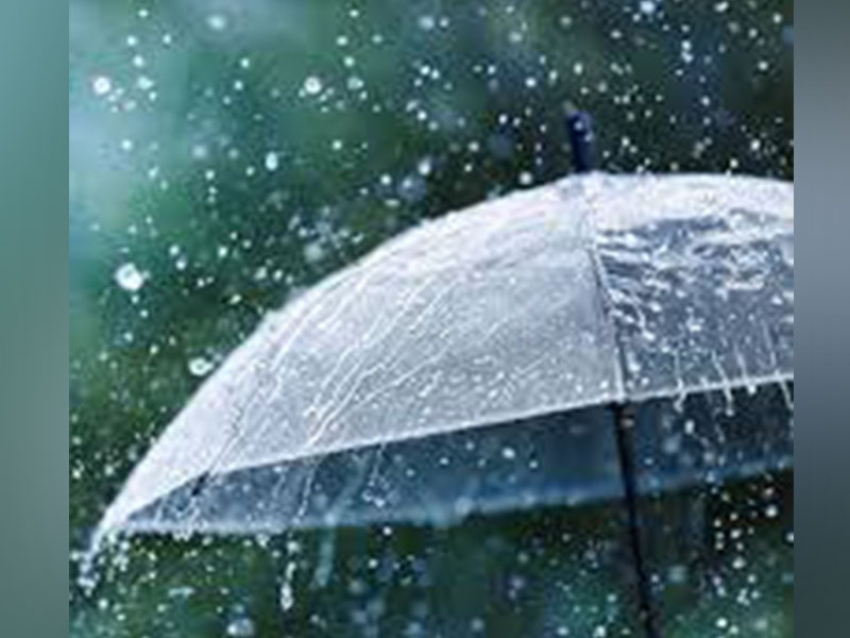The partial lunar eclipse is visible to Sri Lanka as well as to several other countries in Australia, Africa, South America, most of Europe and Asia. It will not be visible in North America except the southern and eastern part of the continent. He said this will be the last lunar eclipse of 2019 and the next lunar eclipse of this nature visible to the naked eyes will take place on May 26, 2021.
A partial lunar eclipse occurs when the Earth comes in between the Sun and the Moon but they do not form a straight line. When this occurs, a small part of the Moon’s surface is covered by the darkest part of the Earth’s shadow that is called Umbra.The eclipse begins just after the midnight of July 16th, i.e. at 12.13 a.m. on 17th morning with the moon entering into the penumbra of the Earth’s shadow (less dark shadow) and ends up at 5.47 a.m. on 17th . The visible part of the partial eclipse begins at 1.31 a.m. on 17th with the moon enters into the Umbra - the dark part of the Earth’s shadow and end up when the moon leaves the Umbra at 4.29 a.m.
About 65% of the moon surface will be covered by the dark shadow of the Earth around the greatest eclipse due at 3.00 a.m. on 17th, said Prof. Chandana Jayaratne.A rare celestial phenomenon is happening on eclipse day night with Jupiter and Saturn close to the Moon. These are the best days to watch the planet Jupiter which was at its closest and brightest for the year on June 10 and planet Saturn on July 9, 2019 (called "opposition" because they are opposite the Earth from the Sun, effectively a "full Jupiter" and a "full Saturn"). On the eclipse day you can see Saturn very close to the moon and Jupiter next to it, he said.



